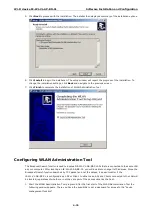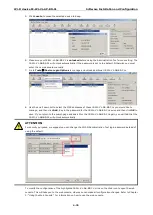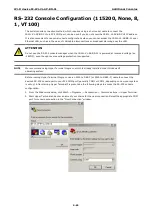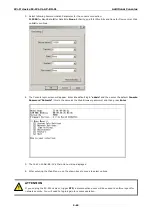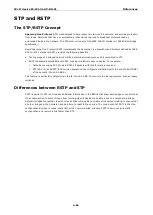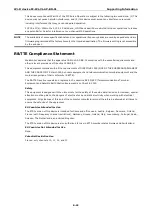
Wi-Fi device IE-WL-VL-AP-BR-CL
References
A-89
STP and RSTP
The STP/RSTP Concept
Spanning Tree Protocol
(STP) was designed to help reduce link failures in a network, and provide protection
from loops. Networks that have a complicated architecture are prone to broadcast storms caused by
unintended loops in the network. The STP protocol is part of the IEEE 802.1D standard, 1998 Edition bridge
specification.
Rapid Spanning Tree Protocol
(RSTP) implements the Spanning Tree Algorithm and Protocol defined by IEEE
802.1w-2001 standard. RSTP provides the following benefits:
•
The topology of a bridged network will be determined much more quickly compared to STP.
•
RSTP is backward compatible with STP, making it relatively easy to deploy. For example:
➢
Defaults to sending 802.1D-style BPDUs if packets with this format are received.
➢
STP (802.1D) and RSTP (802.1w) can operate on the LAN ports and WLAN ports (AP and WDS1-WDS8)
of the same IE-WL-VL-AP-BR-CL.
This feature is particularly helpful when the IE-WL-VL-AP-BR-CL connects to older equipment, such as legacy
switches.
Differences between RSTP and STP
RSTP is similar to STP, but includes additional information in the BPDUs that allow each bridge to confirm that
it has taken action to prevent loops from forming when it decides to enable a link to a neighboring bridge.
Adjacent bridges connected via point-to-point links will be able to enable a link without waiting to ensure that
all other bridges in the network have had time to react to the change. The main benefit of RSTP is that the
configuration decision is made locally rather than network-wide, allowing RSTP to carry out automatic
configuration and restore a link faster than STP.


